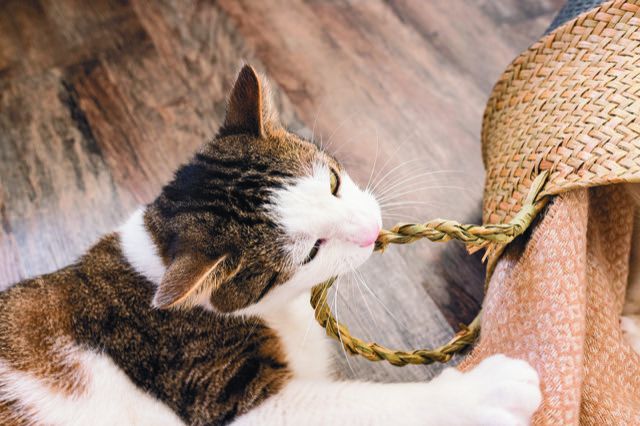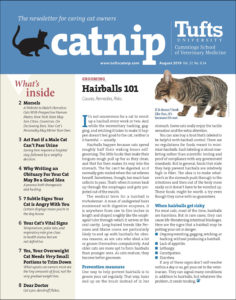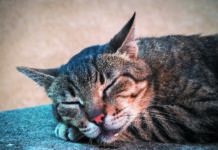Wool and other fabrics, plastic (including plastic casing surrounding electrical cords), rubber, pins and needles, newspapers. These are just some of the items that might be chewed on and swallowed by cats afflicted with pica, which is the eating of non-food items. The word pica is based on the Latin word “picave.” It means magpie — a bird with indiscriminate dietary habits.
To continue reading this article or issue you must be a paid subscriber. Sign in
Subscribe to Tufts Catnip
Get the next year of TUFTS CATNIP for just $20. And access all of our online content - over 1,000 articles - free of charge.
Subscribe today and save 44%. It's like getting 5 months FREE!





